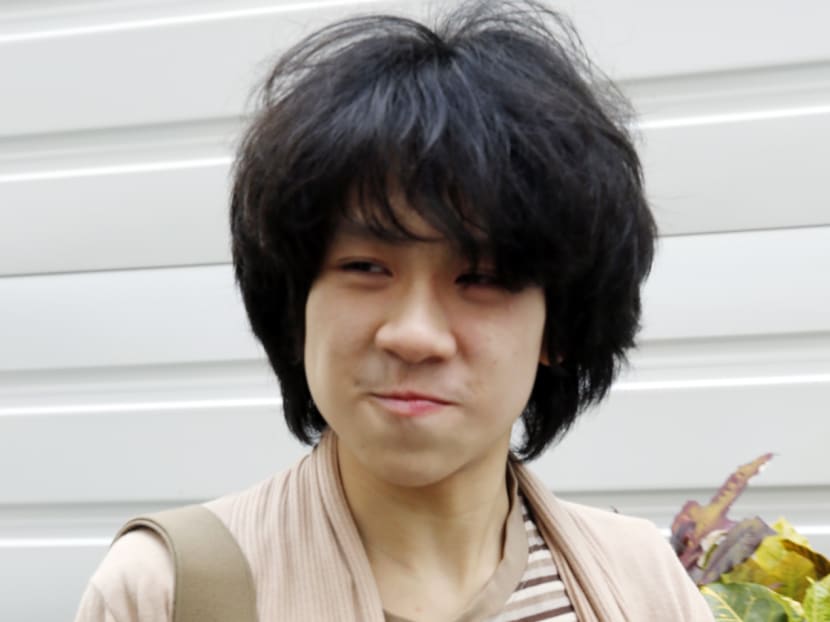Defence, prosecution cross swords over Amos Yee’s primary intention
SINGAPORE — The verdict on teenage blogger Amos Yee’s criminal case will be issued on Tuesday (May 12) , after State Courts judge Jasvender Kaur heard oral arguments from the prosecution and defence this afternoon.
SINGAPORE — The verdict on teenage blogger Amos Yee’s criminal case will be delivered on Tuesday (May 12) , after prosecutors and defence lawyers today (May 8) argued about the teenager’s primary intention in creating the video, which has landed him in hot water, and whether an image he had uploaded had crossed the threshold for the test of obscenity.
Amos, 16, faces two charges for posting an obscene image featuring late former leaders — former Prime Minister Lee Kuan Yew and former British Prime Minister Margaret Thatcher — and a video intended to hurt the religious feelings of Christians.
Before State Courts judge Jasvender Kaur, the defence argued on the final day of a two-day hearing that the high threshold for the test of obscenity had not been crossed in Amos’ case.
An obscene image must tend to corrupt and deprave — it is not enough to show that the image has caused shock or revulsion, said defence lawyer Ervin Tan.
Questioning whether a 15-year-old who stumbles on the image uploaded by Amos would be aroused and go down the path of depravity, Mr Tan argued that the section of the law under which the teenager had been charged is targeted at peddlers of pornography.
The mischief in this case seems to be of insensitivity and poor taste, he said. Victims in similar cases, who are still alive, can seek redress via defamation laws or the Protection from Harassment Act — as such, acquitting Amos would not mean judicial approval of what he has done and would not open the floodgates for the publication of such images to ridicule others, Mr Tan argued.
The prosecution, however, countered that the image depicted gratuitous sexual activity. The use of pictures of two former national leaders accentuates the depravity and may plant a seed that could grow into depravity and corruption in the audience’s mind, said deputy public prosecutor Hay Hung Chun.
The image is not in line with community standards, yet accessible to “all and sundry”, including the “young and thoughtless”, argued Mr Hay. It was quite clear that Amos had intended for it to reach the general public and the teenager had admitted in a statement to the police that even if he took down his posts in question, they would continue to be circulated by other parties, said Mr Hay.
On the second charge of intending to hurt the religious feelings of Christians, Mr Hay argued that there had been deliberate intention on Amos’ part as he had spent two to three days conceptualising and scripting his video.
The defence had argued that Amos’ primary intention for the video was to critique Mr Lee and not to insult the religious feelings of Christians, but Mr Hay said the issue was about deliberate intention and not dominant intention.
Amos could have chosen not to draw on Christian references for the video, and his remarks are “beyond the pale”, said Mr Hay.
During the hearing, which lasted more than two hours, the prosecution and defence crossed swords over the admission of a cautioned statement — where an accused who is formally charged mentions facts he intends to rely on for his defence — Amos had given to the police. The prosecution objected as the defence had failed to tender it at an earlier stage, but the judge allowed it.
Amos had said in his cautioned statement that he did not deliberately intend to hurt the religious feelings of Christians, said defence lawyer Alfred Dodwell.
DPP Hay rebutted that, in an earlier statement given to the police, the teenager had stated he was aware that the video’s content was seditious in that it raised discontent or disaffection among Christians.
On the defence’s point that the prosecution had not produced evidence to show Christians had been offended by the video, Mr Hay said this was not part of the charge and neither was it a “numbers game”.
Today’s hearing continued to draw keen public interest, with people trying in vain to enter a packed public gallery. Amos’ supporters clapped when the judge allowed the defence to tender the cautioned statement, and were instructed to observe decorum.







